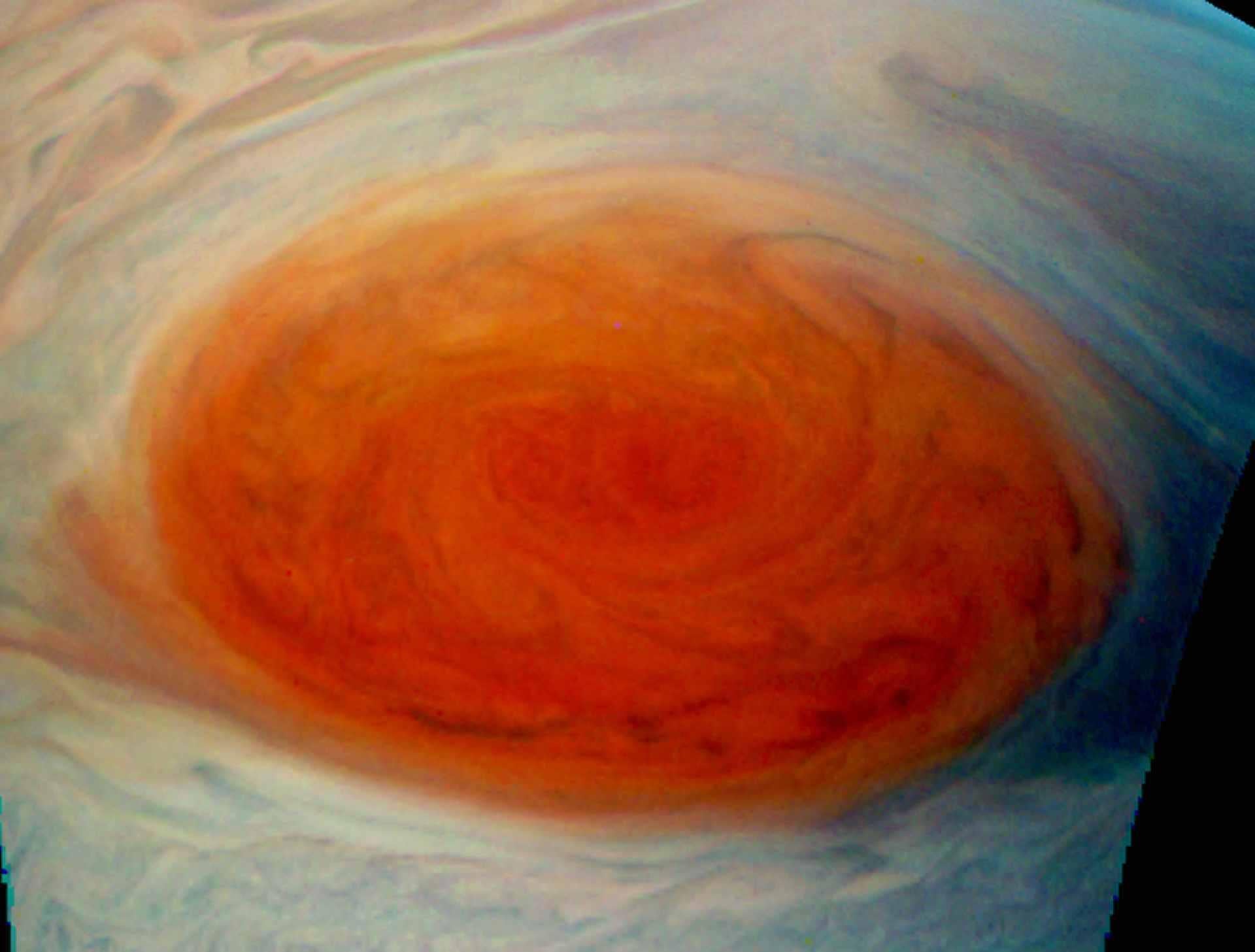Jupiter’s swirling ‘Great Red Spot’ is far deeper than we realised, Nasa’s Juno probe shows

Jupiter’s swirling, mysterious “Great Red Spot” extends much deeper into the planet than we had previously known, Nasa has said.
The new findings from the Juno spacecraft, which flew past our near neighbour, give more detail about the red spot than has ever been known before. They give new information about the climate on the planet
The Great Red Spot can be seen from Earth as a bulging scarlet circle on the surface of Jupiter. But close-up, it is tempest that is swirling 16,000 kilometres across the planet – big enough to swallow Earth whole – and has been going for hundreds of years.
But the new studies looking at the vertical structure of the Great Red Spot extends deep down into the planet. But one of the new study also shows that the Great Red Spot is powered by jets that extend even deeper into the planet.
The Great Red Spot is no more than 500km deep, while the jets themselves extend down 3,000km, the new studies show.
Scientists hope that the new research could help solve other deep questions about the Great Red Spot, including learning more about the structure of the vortices that make it up and what processes power them.
The research, conducted using Nasa’s Juno spacecraft, is published in the journal Science.
Join our commenting forum
Join thought-provoking conversations, follow other Independent readers and see their replies
Comments
Bookmark popover
Removed from bookmarks